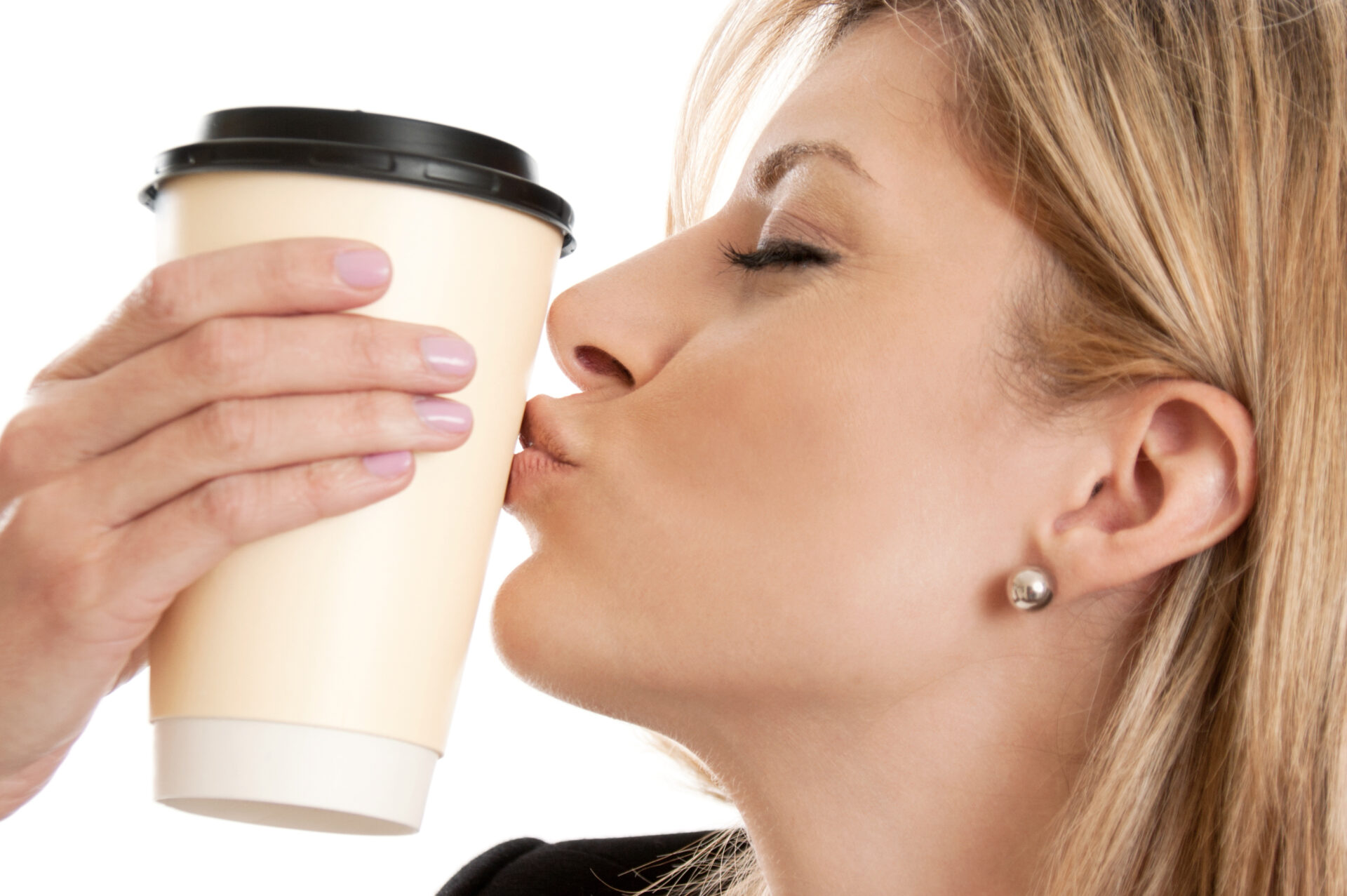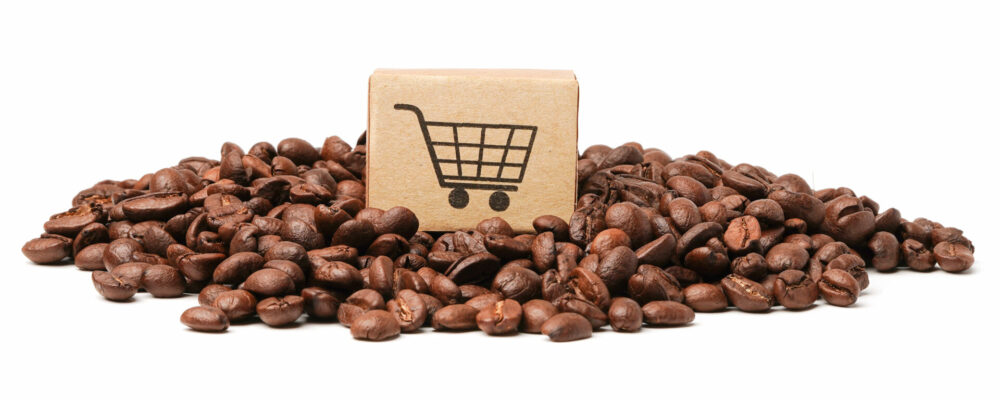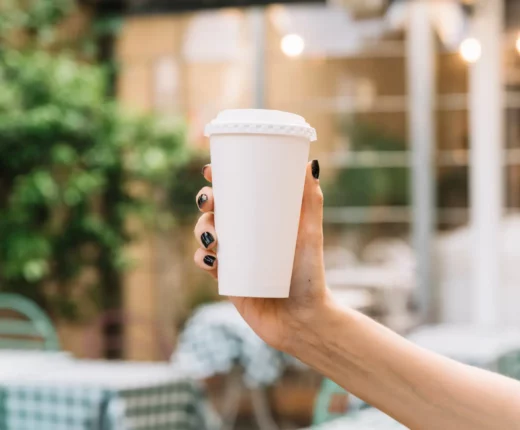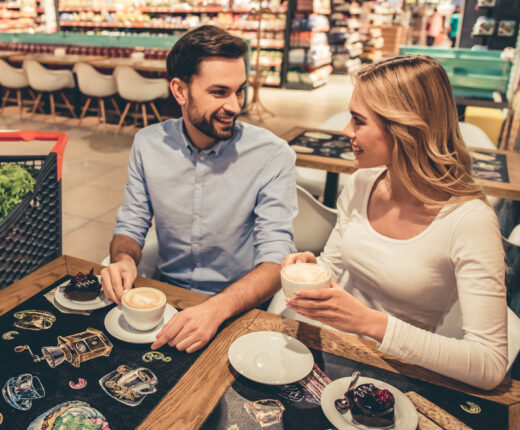Coffee!
One short word, so many meanings!
For millions of people around the world, it is something they could not live without, part of the daily rituals, without which it would be difficult to function normally.
How do we harness the cultural and chemical (of course!) potential of caffeine – the world’s most consumed psychoactive substance – in commerce? Because I don’t think anyone doubts that this potential exists.
Scientists have finally decided to tackle the topic and investigate what effect coffee, or rather caffeine, has on purchasing behaviour and shopper experience. Researchers from the USA and Europe conducted a study on how the ‘cup of joe’ influences the volume of purchases made by customers who are treated to it and – something that should be of particular interest to chain and shop managers – their spending. The results of their study were published this year in the Journal of Marketing, published by the American Marketing Association, and will probably come as no surprise to anyone with an interest in the subject.
But let’s start from the beginning…
What we knew
Until recently, all we had was intuition and guesswork. We have heard a lot about how coffee is an essential part of the shopper experience and our culture in general. We have long known that the caffeine contained in coffee has a highly stimulating effect on the body and mind; that a person under its influence has more energy and is more willing to give in to impulses. The dopamine that is released when we take caffeine makes us feel relaxed. In addition, caffeine is an inhibitor of adenosine, which is a neurotransmitter that slows down the central nervous system. Blocking its receptors makes us feel stimulated and act more impulsively. A cup of coffee usually contains around 60 mg of caffeine, while a dose of around 25-30 mg is sufficient to stimulate our nervous system. In addition, these effects are visible almost at once and last for several hours.
Anyway, why waste words when we all know how coffee works! After all, it is our salvation on Monday mornings…

What we felt
The retail industry observed long ago that caffeinated shoppers have more energy, resulting in them spending longer in the shop and their baskets fuller. It was therefore logical to assume that this translates into them spending more money as a result.
We have written about it. In one of our earlier articles, we have mentioned the synergy between retail shops and cafés in their vicinity. For this reason, the format of some supermarket chains (in Poland, for example, Kaufland) provides for the location of a café or bakery serving coffee in the retail alley. It’s also no secret that a coffee station supports the sale of baked goods and snacks.
But assumptions and hard facts are two separate things. And we have lacked the latter. Until now.
What we discovered
By securing grants, including from the EU, researchers on both sides of the Atlantic have been able to conduct pioneering research into the impact of coffee (specifically the caffeine in coffee) on consumer behaviour. Finally, we learnt the answer to the question to what extent coffee influences the number of purchases made and, just as importantly, their amount. This is of particular interest to all managers of retail chains and outlets.
The hypothesis was that caffeine consumption just before shopping has the effect of increasing the shopping basket (and spending) of shoppers especially in the impulse (high-hedonic) product category. The stimulating effect of coffee was expected to have less of an impact on purchasing decisions related to regular (low-hedonic) products.
A series of five tests were carried out during the study – three in the ‘natural environment’, i.e., in retail outlets, and two under controlled laboratory conditions. Large-format shops in France and Spain offering, among other things, home furnishing products, i.e., products that are generally a pleasure to buy, were chosen as the place of study. Customers entering the outlet were offered a beverage with caffeine (coffee) or without caffeine (decaffeinated coffee or water).
To make the study as meaningful as possible, it was conducted over several days at each location, alternating the times at which drinks with and without caffeine were served. This has produced the most statistically reliable results.
Participants in the study were given coffee or a decaffeinated substitute and then, after shopping, answered questions about their mood and energy levels. The researchers also recorded the number of products on the receipt and the total amount of purchases.
As we have already guessed – the results of both in-store and laboratory studies have entirely confirmed the hypothesis that caffeine consumption before shopping has an impact on increasing the basket of impulse products and the amount spent at the checkout. Interestingly, the cup of joe does not increase the number of regular products that land in our shopping basket. The effect of coffee on increasing shoppers’ impulsiveness is clearly visible! This effect was strongest in people who consume about 2 cups of coffee per day and weakened for those whose daily caffeine intake is higher.
The entire study is available here: https://journals.sagepub.com/doi/full/10.1177/00222429221109247

Conclusions
Confirmation of what we have intuitively known for a long time carries with it a number of conclusions, valuable from the point of view of any retail outlet manager.
Firstly – as I have already mentioned – the caffeinated customer tends to be more impulsive, which translates into spending more time in the shop and spending more on impulse products, i.e., those on which there is usually the highest margin.
Secondly, having a place on the retail premises where the customer can have a coffee is becoming a requirement, especially given that the growing crisis means that more people are shopping with the proverbial calculator in hand. Serving them coffee may loosen their rigid budget corset a little and encourage them to spend a bit more.
Thirdly, the location of the coffee place within the shop becomes extremely important. Ideally, this should be a location behind the entrance gates leading between the shelves. This ensures that the customer who bought the coffee will consume it on our shop premises, and its stimulating effects will translate into a larger receipt printed by our cash register.
So, what can be done to achieve this effect without sacrificing too much retail space?
Of course, it is possible to work with the owner of a cafe chain to set up their outlet near our shop, e.g., in a retail alley. However, there’s the risk that not all customers who buy their coffee there will visit our outlet. Some of them will certainly leave their money in other establishments. And the last thing we want is to drive customers to the competition!
It is also possible to prepare space for a café within our premises, but this not only entails delegating (or employing) a member of staff, but also takes up space that could be used, for example, to set up yet another shelf.
So, the best solution is the coffee station. Not only does it take up little space and can be positioned right next to the entrance, but in addition it operates on the self-service principle! And when you add the cross-selling opportunities it generates, it becomes clear that there is no better option to stimulate the customer to buy more!




